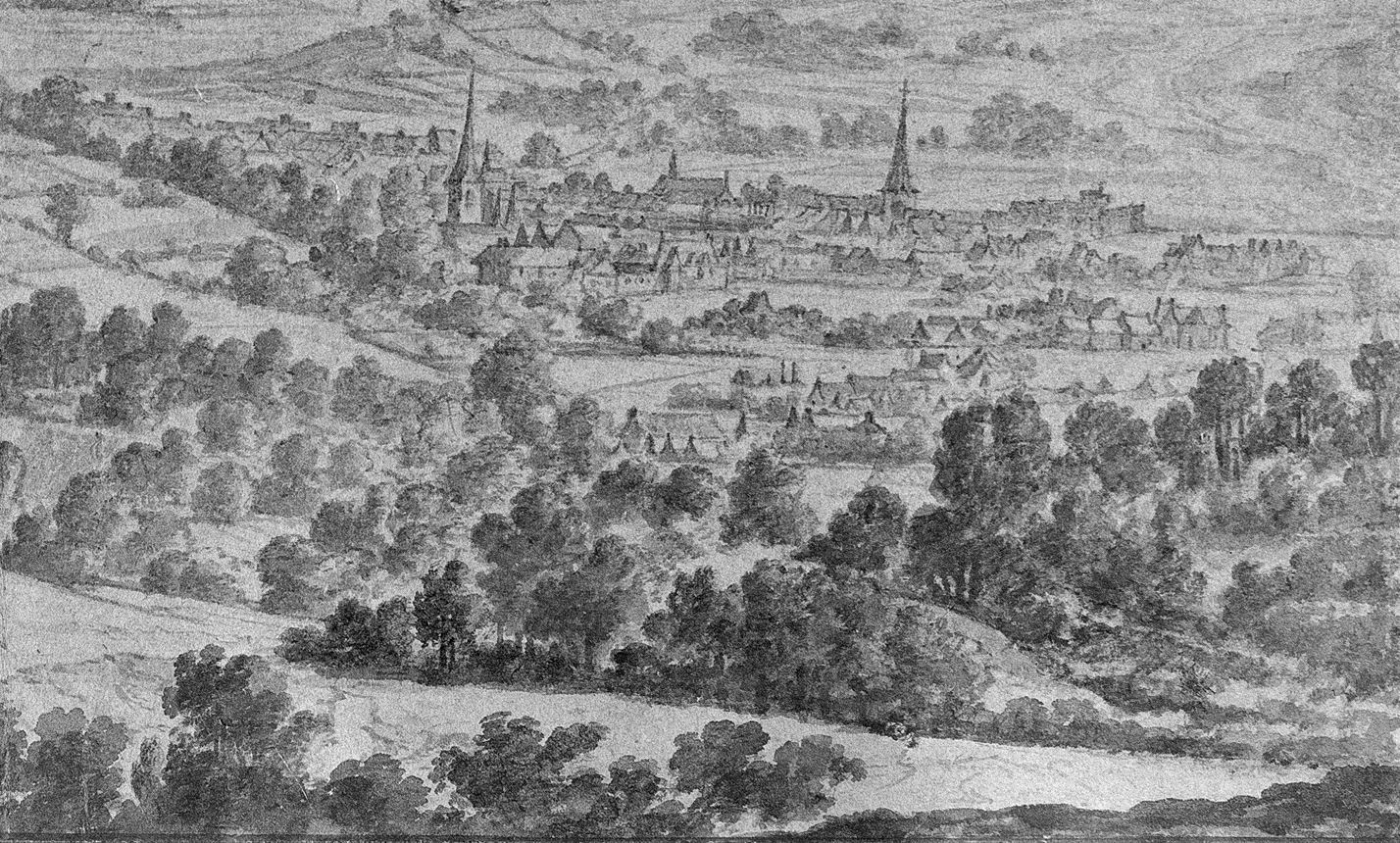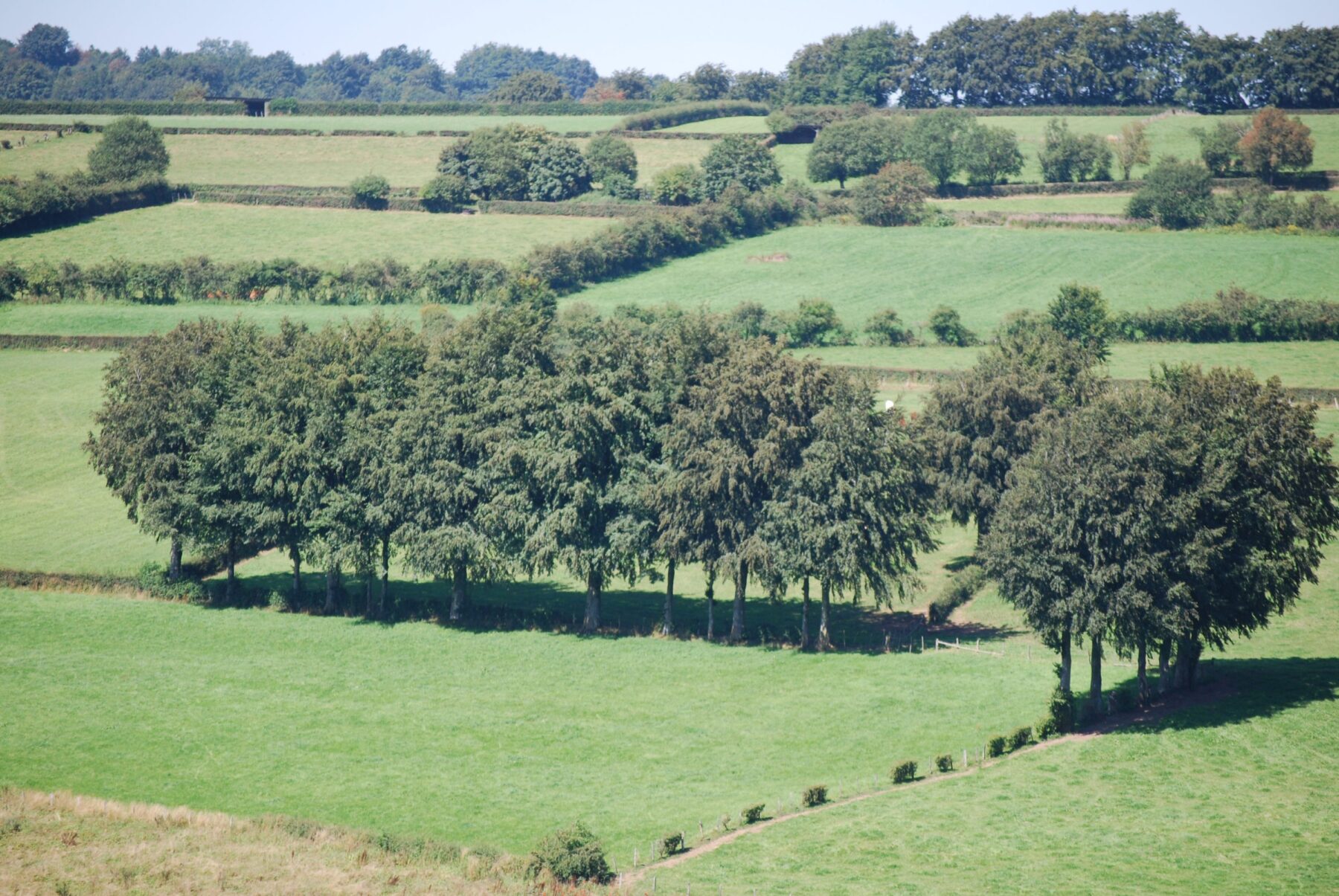Large parts of the pastoral landscape of East Belgium are characterised by hedgerows, which have been part of the cultural landscape since the 19th century. In Germany and France in particular, many hedges have been removed in the course of ‘land consolidation’ (major efforts to overhaul and unify farmland, clearing up ‘patchworks’ of small plots) since the 1960s. In Belgium, some hedgerows have been preserved, especially in those regions where cattle and dairy farming dominate. In the Belgian Eifel alone, there are still 856 km of hedgerows (as of 2018).
Today, hedgerows are considered ecologically valuable. In the municipalities of Büllingen and Bütgenbach, they are under strict protection, and under conditional protection in the other municipalities of the German-speaking community. The maintenance of hedges is promoted by the Walloon Region.
Three opinions of Eastern Belgians show how landscape can be valued differently, depending on one’s point of view.
The farmer said:
‘As a farmer, I like to maintain my hedges. They provide shade and wind protection for the cattle. I maintain about seven kilometres of hedges. This takes me eight to ten working days at about six hours a day between milking times. The subsidy we farmers receive for this does not compensate for this effort by far.’
Ramon Hanf
Farmer, Honsfeld
The tourism manager opines:
‘The hedgerow landscape is a unique selling point for East Belgium, compared to the less cluttered landscapes in many other regions. The period when the flowers in the hedges are in bloom, for example, increases the perception of fields and meadows. This ecological feature makes large parts of East Belgium simply distinctive.’
Dany Heck
East Belgium Tourism Agency
The conservationist explains:
‘Hedgerows are a true treasure. If they are varied, preferably berry-bearing hedges with individual trees growing through them, they benefit insects, birds, and bats. Immediately adjacent to the hedges, grass growth is somewhat reduced, but the microclimate of the piece of land and the grass growth in the meadow is much better overall.’
Gerhard Reuter
Aves East Cantons

